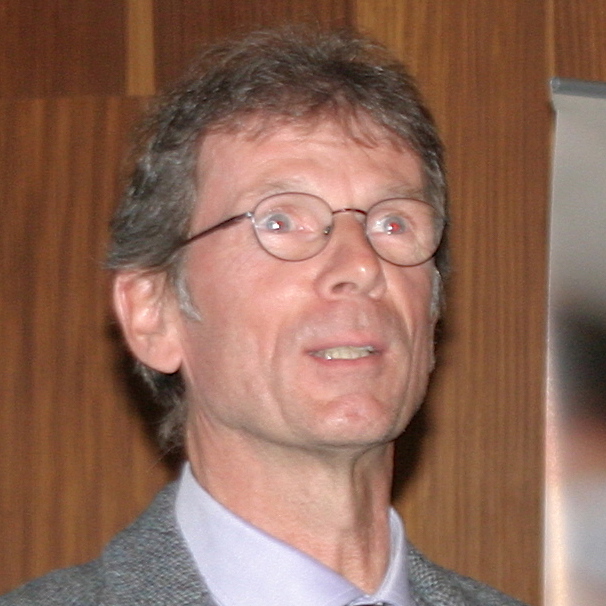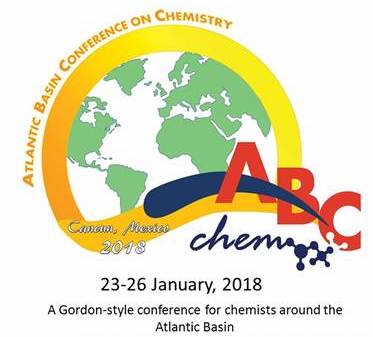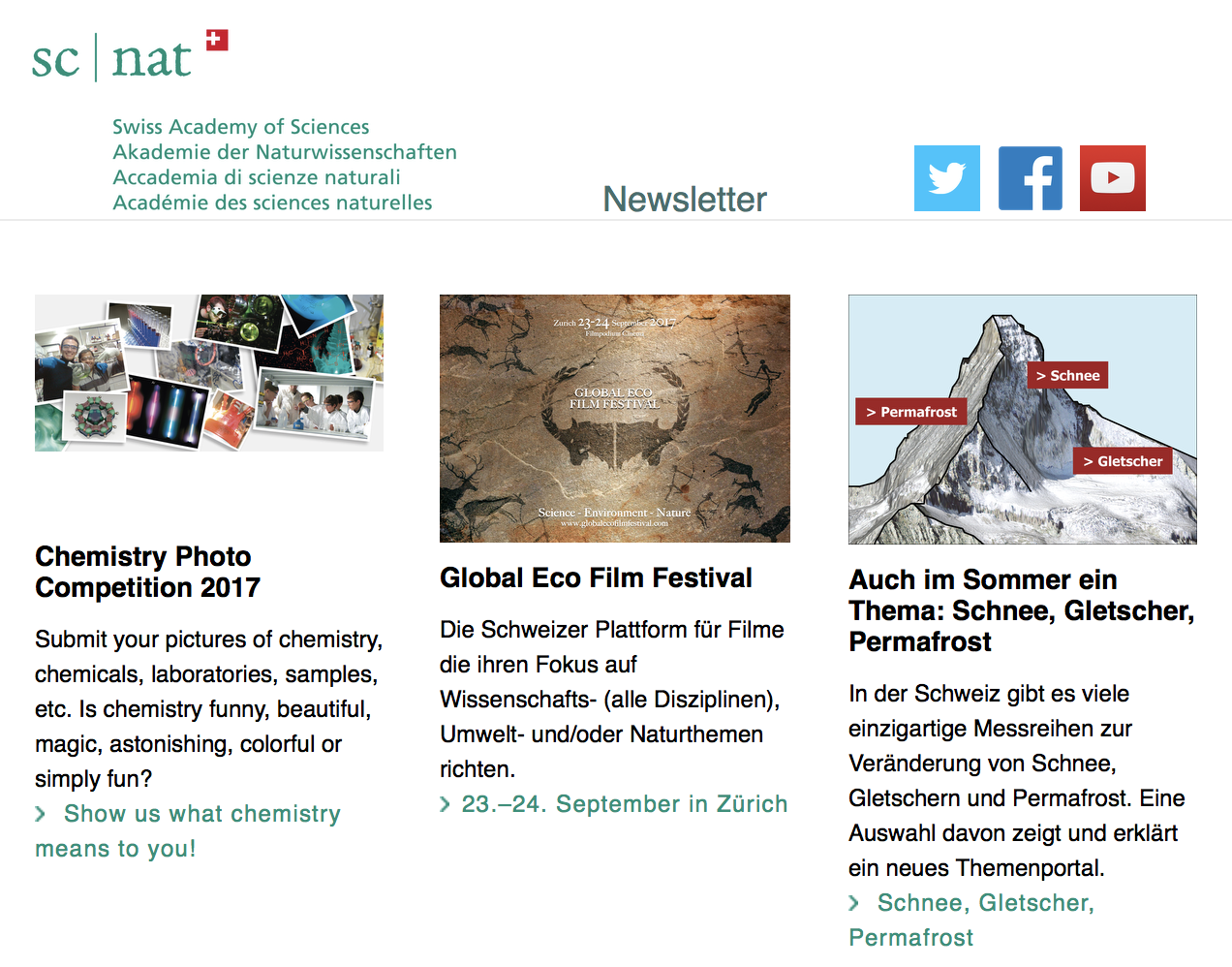SCNAT Newsletter, August 2017
Chemistry Photo Competition 2017
Submit your pictures of chemistry, chemicals, laboratories, samples, etc. Is chemistry funny, beautiful, magic, astonishing, colorful or simply fun?
![]() Show us what chemistry means to you!
Show us what chemistry means to you!
Global Eco Film Festival
Die Schweizer Plattform für Filme die ihren Fokus auf Wissenschafts- (alle Disziplinen), Umwelt- und/oder Naturthemen richten.
Auch im Sommer ein Thema: Schnee, Gletscher, Permafrost
In der Schweiz gibt es viele einzigartige Messreihen zur Veränderung von Schnee, Gletschern und Permafrost. Eine Auswahl davon zeigt und erklärt ein neues Themenportal.
Rigi-Workshop 2018: Networks and interactions – from species to communities
Want to learn about biological, evolutionary and social interactions of species? To formulate and model species-interaction concepts? To cross disciplinary borders and share similarities and differences between social and natural sciences?
![]() Register and send abstract of your research and motivation letter before October 15th 2017
Register and send abstract of your research and motivation letter before October 15th 2017
SCNAT Ethics Lecture Tours
The «Platform Chemistry» organises lecture tours on the wide-ranging topic of ethics in chemistry. Internationally renowned speakers are invited to give a series of lectures at Swiss universities and federal institutes of technology.
![]() The Chemical Profession: From Scientific Integrity to Social Responsibility
The Chemical Profession: From Scientific Integrity to Social Responsibility
How should we value nature in a human-dominated world?
In her public talk, Prof. Georgina Mace, University College London, will show how the focus of conservation has shifted from preserving biodiversity to maintaining form and function, adaptability and resilience for the future.
ScienceComm’17, 21.–22. September 2017, Solothurn
Die ScienceComm’17 wurde neu konzipiert – partizipative Formate stehen dieses Jahr im Vordergrund. Werfen Sie doch einen Blick in das abwechslungsreiche Programm mit drei Keynote Speakers, die über alternative Fakten und Wissenschaft sprechen werden.
![]() Anmeldung bis zum 10. September
Anmeldung bis zum 10. September
Phil.Alp 2018: Die Alpen aus der Sicht junger Forschender und ProMontesPreis
Anlässlich der Phil.Alp-Tagung am 1. / 2. März 2018 in Fribourg stellen Nachwuchsforschende Ergebnisse aus ihren kürzlich abgeschlossenen Masterarbeiten und Dissertationen vor. Ein Jury prämiert die besten Präsentation in den Kategorien Dissertation und Master. Zudem wird der ProMontesPreis vergeben.
![]() Reichen Sie Ihre Kandidatur bis am 30. Oktober 2017 bei der ICAS ein
Reichen Sie Ihre Kandidatur bis am 30. Oktober 2017 bei der ICAS ein
International Call for the Post of the Director General of CSRS
The CSRS is a research centre active in the fields of biodiversity, food security, environment and health. Its mission is to initiate, encourage, support and carry out research in partnership for sustainable development in Côte d’Ivoire and West Africa.
![]() Application until 30th September
Application until 30th September
weitere Veranstaltungen der SCNAT
David Spichiger, SCS
20.08.2017
SCS-Syngenta Symposium 2017, October 5, 2017
![]() 3rd SCS-Syngenta Symposium,
3rd SCS-Syngenta Symposium,
“Natural Products: an ongoing chemist’s success story”,
October 5, 2017, 08.30-18.30h, Syngenta research campus in Stein
The Swiss Chemical Society and Syngenta are pleased to announce the 4th edition of a one-day symposium entitled “Natural Products: an ongoing chemist’s success story” on Thursday 5th October 2017. The focus will be on cutting-edge research in natural products and their roles in life science for success in chemical innovation. The journey will cover multiple topics from isolation to synthesis and production.
The highlight of the day will be three plenary lectures with Prof. Jon Clardy (Harvard University), Prof. Christian Hertweck (University of Jena), Prof. Scott Snyder (University of Chicago) as well as four invited lectures including Prof. Karl Gademann (University Zürich), Prof. Birger Lindberg Møller (University of Copenhagen), Prof. Jieping Zhu (EPFL Lausanne and Dr. Christophe Meyer (ESPCI Paris) and four industrial speakers. A poster session will round out the program over lunch time.
Attendance is limited to 200 participants and there are not seats available anymore. The registration is closed.
Flyer of the SCS-Syngenta Symposium 2017 (pdf)
Program, October 5, 2017
Session 1:
Chair: Dr. Alain De Mesmaeker, SCS President, Syngenta, Switzerland
| 08.45h |
Welcoming and opening remarks |
| 09.00h |
Plenary Lecture 1 |
| 09.45h |
Invited Lecture 1 |
| 10.10h |
Invited Lecture 2 |
| 10.35h |
Coffee Break |
Session 2:
Chair: Prof. E. Peter Kündig, University of Geneva
| 11.05h |
Invited Lecture 3 |
| 11.30h |
Plenary Lecture 2 |
| 12.30h |
Lunch and Poster session |
Session 3:
Chair: Prof. Christian Bochet, University Fribourg
| 14.15h |
Invited Lecture 4 |
| 14.40h |
Invited Lecture 5 |
| 15.10h |
Invited Lecture 6 |
| 15.30h |
Invited Lecture 7 |
| 15.55h |
Coffee Break |
Session 4:
Chair: Dr. Jérôme Cassayre, Syngenta, Switzerland
| 16.25h |
Invited Lecture 8 |
| 16.50h | Plenary Lecture 3 Prof. Scott Snyder, University of Chicago, USA |
| 17.35h | Closing remarks Dr. Gerardo Ramos, Syngenta, Switzerland |
| 17.50h | Aperitif |
Contact
Dr. Sarah Sulzer
Syngenta Crop Protection Münchwilen AG
Research Chemistry
Schaffhauserstrasse
CH-4332 Stein
Email:
Website: scg.ch/syngenta-symposium
David Spichiger, SCS
11.08.2017
PIs of tomorrow in Life Sciences: call for applications
Dear postdoctoral fellows,
We are very happy to announce the call for applications to the “PIs of tomorrow: The Future of Swiss Research” session at the next LS2 Annual Meeting 2018, taking place in Lausanne, 12-13 February. This session offers postdocs interested in an academic career an opportunity to present a talk similar in format to a professorship application interview. Selected participants will have the chance to get a slot for a 15-minute scientific presentation, which should be addressed to a broad audience and in which both the achievements accomplished and the proposed future scientific activities are to be explained. The talk will be followed by a 5-minute discussion on various aspects of the proposed activity, but also about career-oriented aspects of the presenter. A knowledgeable jury panel of professors will evaluate the presentations.
The best presentation will be awarded a prize. However, everyone is a winner, as all presenters in the session will receive feedback from the jury in a one-on-one session afterward. Moreover, as a participant in the LS2 Annual Meeting 2018, you will have the opportunity to expand or refresh your network in Switzerland, to interact with scientists in and outside your field, and to enjoy a two-day meeting in the beautiful city of Lausanne. Only applicants having ties to Switzerland will be considered (i.e. Swiss citizenship, Swiss residency, past or on-going affiliation with a Swiss institution of at least two years).
The following documents are required for the application:
- Cover letter highlighting your eligibility (half a page)
- Abstract of your presentation including past work and future research plans with their scientific impact and significance (max. 300 words)
- CV with a publication list (max. 2 pages)
To apply, please follow the guidelines in the application link below, where you will be asked to upload your files in a single pdf file (max. 5 MB): http://tiny.cc/LS2PIOT
Applications must be received by November 1st, 2017.
Questions to the session should be addressed to .
If you are selected, your travel and accommodation fees will be paid by the LS2 organisation.
We are looking forward to your application and hope to welcome you in Lausanne!
Yours sincerely
Dr. Nino Nikolovski, Dr. Aleksandra Konovalova and Dr. Elisa Araldi
David Spichiger, SCS
04.08.2017
Wilhelm-Klemm-Preis der GDCh an Hansjörg Grützmacher, ETHZ

Grützmacher erhält die Auszeichnung für seine ausgesprochen originellen Arbeiten, mit denen er die anorganische Molekülchemie auf vielfältige Weise bereichert. In seiner Forschung spiegelt sich seine außergewöhnliche synthesechemische und konzeptionelle Kreativität wider. Neben hochreaktiven kleinen Molekülen der Hauptgruppenelementchemie, leistet er kreative Ansätze für die Metallorganische Katalyse und thematisiert aktuelle Innovationen bei Brennstoffzellen.
Grützmacher wurde 1959 in Hamburg geboren. Nach einem Chemiestudium und der Promotion an der Universität Göttingen verbrachte er ein Post-Doc-Jahr am Nationalen Zentrum für wissenschaftliche Forschung (CNRS) in Toulouse, Frankreich. Nach seiner Habilitation 1992 an der Universität Heidelberg war er an der Universität Freiburg als Professor für anorganische Chemie tätig. Seit 1995 ist er Professor für anorganische Chemie an der ETH Zürich.
Weitere Informationen zum WiFo unter www.wifo2017.de.
GDCh, Pressedienst Chemie 30/2017
01.08.17
ABCChem, January 23-26, 2018: Register now!
 The Atlantic Basin Conference on Chemistry (ABCChem http://abcchem.org/) is a new type of conference designed to allow chemists from countries and regions around the Atlantic to discuss chemistry at the highest level and to build lasting collaborations between chemists from Africa, Europe and North and South America. Register early as places are restricted http://abcchem.org/registration/
The Atlantic Basin Conference on Chemistry (ABCChem http://abcchem.org/) is a new type of conference designed to allow chemists from countries and regions around the Atlantic to discuss chemistry at the highest level and to build lasting collaborations between chemists from Africa, Europe and North and South America. Register early as places are restricted http://abcchem.org/registration/
All of the (up to 500 participants) will be housed in the delightful Iberostar Hotel https://www.iberostar.com/en/hotels/cancun/), in Cancun, Mexico which will be warm and sunny with rather few tourists at the end of January. This will allow for relaxed, informal discussions when the conference is not in session.
The programme, which is led by outstanding speakers from the participating societies (http://abcchem.org/plenary-speakers/ ), has been designed to showcase science from all the relevant regions in themed symposia so there will be something for everyone. You will hear from world experts, but you also have the opportunity to submit abstracts for oral (84 slots available) or poster presentations. Hurry! The abstract closing date is 18th September.
European Speakers will include:
- Avelino Corma, Spain, Molecular and Nano
- Mike Ashfold, UK, Physical and Analytical
- Luisa de Cola, France, Materials and Nano
- Dorothea Fiedler, Germany, Organic and Biological
- Joost Reek, Netherlands, Green Chemistry
Come and renew old friendships whilst, at the same time, making new friendships with colleagues from countries with which you may be unfamiliar.
We look forward to welcoming you in delightful Cancun in January.
Emeritus Prof. David J. Cole-Hamilton,
President EuCheMS
David Spichiger, SCS
27.07.2017
Page 93 of 299


